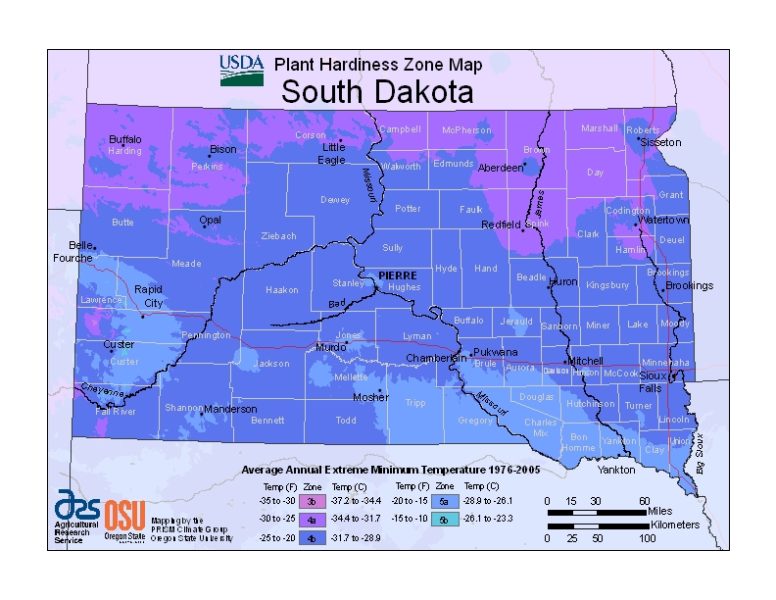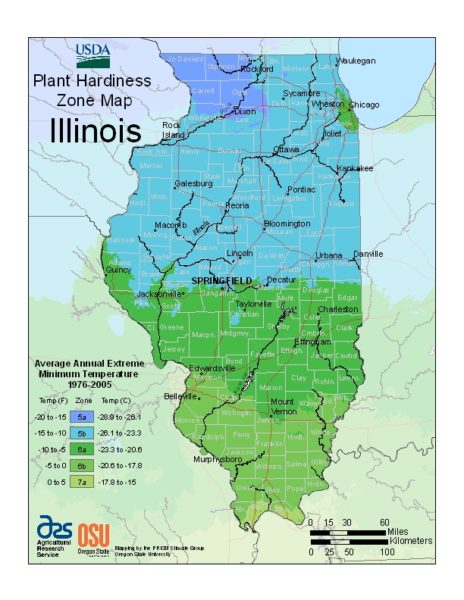
Drought Tolerant Perennials That Beat the Heat
This has been a hot summer for many parts of the country. 90s in the upper midwest, hot and sticky in the southeast, and record heatwaves in the southwest.
The summer sun is blazing, and your garden may be feeling the heat. But don’t despair! Just because temperatures are soaring doesn’t mean you can’t add vibrant color and texture to your landscape. A world of drought-tolerant perennials awaits, ready to thrive even in the driest of conditions.
Here are 7 of the most popular, easy-to-grow drought tolerant perennials that you can plant right now, even in the heart of summer:
-
Yarrow (Achillea millefolium)
This cheerful, daisy-like drought tolerant perennial is a true workhorse in the garden. Yarrow comes in a dazzling array of colors, from bright yellow and orange to soft pinks and whites. It forms a compact, bushy mound of finely-cut foliage, adding a delicate touch to your borders.
- Sun & Soil: Yarrow loves full sun and well-drained soil. It can tolerate some drought but will flourish with regular watering, especially during the establishment period.
- Maintenance: Deadhead spent blooms to encourage further flowering. Divide plants every few years to maintain vigor.
- Bonus: Yarrow attracts beneficial insects and is known for its medicinal properties.
-
Russian Sage (Perovskia atriplicifolia)
This graceful, airy perennial brings a touch of the Mediterranean to your garden. Its silvery-blue foliage and delicate lavender-blue flower spikes create a stunning contrast. Russian sage thrives in hot, dry conditions, making it ideal for sunny spots where other plants struggle.
- Sun & Soil: Full sun and well-drained soil are essential for Russian sage. It’s remarkably drought-tolerant once established.
- Maintenance: Prune back stems in early spring to encourage fresh growth and a bushy shape.
- Bonus: Russian sage attracts pollinators and repels pests.
-
Salvia (Salvia spp.)
Salvias offers a vibrant spectrum of colors, from fiery reds and purples to calming blues and whites. Their nectar-rich flowers attract hummingbirds and butterflies, making your garden buzz with activity. Many varieties are drought-tolerant and bloom for extended periods.
- Sun & Soil: Most salvias prefer full sun and well-drained soil. Water regularly during the establishment period.
- Maintenance: Deadhead spent blooms to encourage further flowering. Some varieties benefit from pruning in late winter for a bushier shape.
- Bonus: Salvias are deer-resistant and attract beneficial insects.
-
Coneflower (Echinacea purpurea)
The iconic coneflower is a must-have for any summer garden. Its large, daisy-like blooms, often in shades of pink, purple, and orange, add a bold statement to your borders. Coneflowers are easy to care for and attract a wide variety of pollinators.
- Sun & Soil: Coneflowers prefer full sun and well-drained soil. They are moderately drought-tolerant but benefit from regular watering, especially during dry spells.
- Maintenance: Deadhead spent blooms to encourage further flowering.
- Bonus: Coneflowers are deer-resistant and attract butterflies. Their roots are also used in herbal remedies.
-
Catmint (Nepeta spp.)
This minty-scented perennial is a favorite of both gardeners and cats. Its silvery-green foliage and clusters of tiny, lavender-blue flowers create a calming presence in the garden. Catmint thrives in sunny spots and is incredibly drought-tolerant.
- Sun & Soil: Catmint prefers full sun and well-drained soil. It is very drought-tolerant and will even tolerate poor soil conditions.
- Maintenance: Prune back spent blooms to encourage further flowering. Divide plants every few years to maintain vigor.
- Bonus: Catmint attracts pollinators and repels pests.

-
Daylily (Hemerocallis spp.)
Daylilies are known for their vibrant, trumpet-shaped blooms that open in the morning and last for a single day, earning them the name “daylily.” They come in a dazzling range of colors and sizes, offering endless possibilities for your garden.
- Sun & Soil: Daylilies prefer full sun to partial shade and well-drained soil. They are moderately drought-tolerant but will benefit from regular watering, especially during dry spells.
- Maintenance: Deadhead spent blooms to encourage further flowering. Divide plants every few years to maintain vigor.
- Bonus: Daylilies are deer-resistant and attract butterflies.
-
Sedum (Sedum spp.)
These succulents are known for their fleshy leaves and stunning, star-shaped flower clusters. Sedums thrive in sunny, dry conditions and add a unique texture to your garden. Many varieties boast vibrant fall foliage, providing color long after the first frost.
- Sun & Soil: Sedums prefer full sun and well-drained soil. They are highly drought-tolerant and prefer less frequent, deep watering.
- Maintenance: Deadhead spent blooms to encourage further flowering. Divide plants every few years to maintain vigor.
- Bonus: Sedums attract butterflies and provide food for birds during the winter.
Planting & Care Tips for Summer Success With Drought Tolerant Perennials
- Choose the Right Time: Summer is an ideal time to plant drought-tolerant perennials as the soil is warm and they have ample time to establish roots before the cooler weather arrives.
- Prepare the Soil: Ensure good drainage by amending your soil with compost or other organic matter. Work it in well to create a loose, airy soil that promotes healthy root growth.
- Water Deeply: Water new plantings deeply to encourage root development. Avoid frequent, shallow watering, which can lead to shallow roots and make plants more susceptible to drought.
- Mulch: Apply a layer of mulch around your plants to help retain moisture, suppress weeds, and regulate soil temperature.
- Monitor for Pests & Diseases: Drought tolerant perennials are often less susceptible to pests and diseases. However, it’s always a good idea to monitor your plants and address any issues promptly.
Enjoy Your Drought Tolerant Perennial Garden
With these easy-to-grow drought tolerant perennials, you can create a beautiful, low-maintenance garden that thrives even during the hottest, driest months of the year. So, grab your trowel and get planting! Your garden will thank you for it.
View our top online nurseries for perennials and annuals.
- Most Popular Spring Blooming Evergreen Shrubs - March 6, 2025
- UPDATE! Unboxing Houseplant From Perfect Plants Nursery - March 5, 2025
- Winter Landscape Tips: How To Get A Head Start On Spring - January 6, 2025



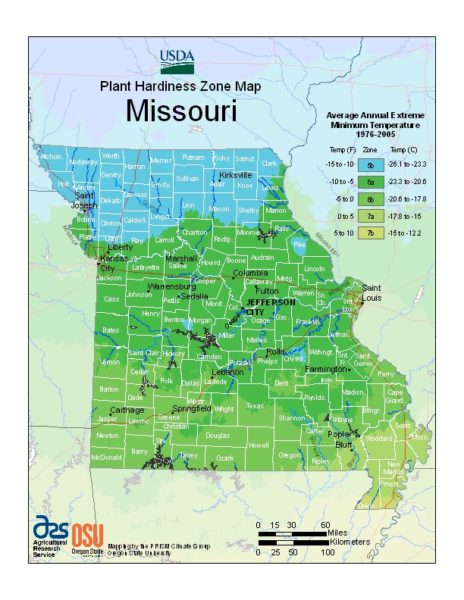




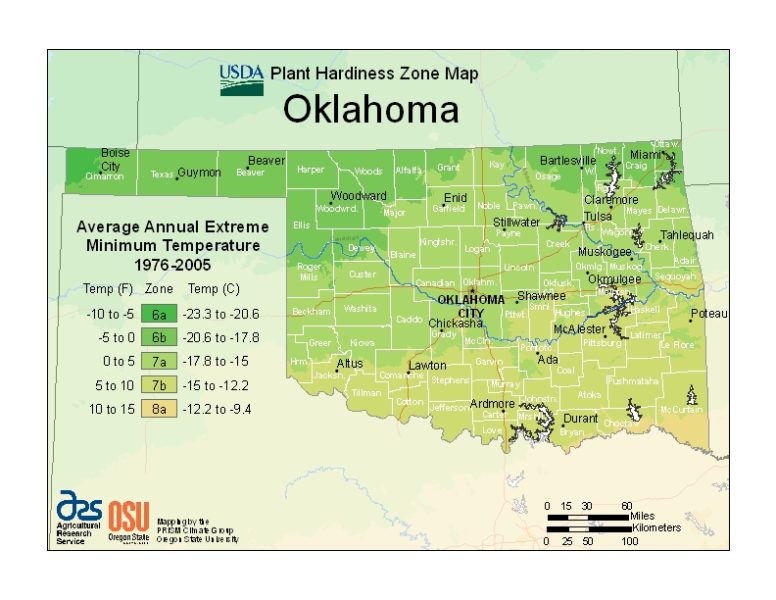






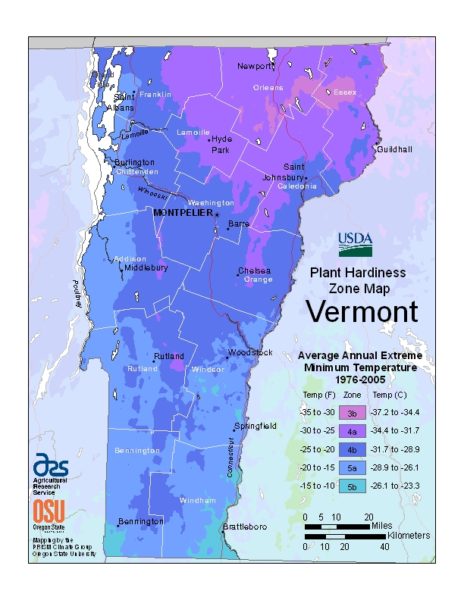





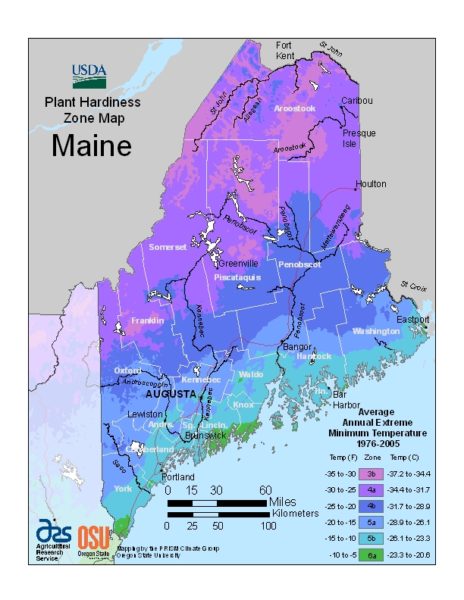



 Wisconsin
Wisconsin
